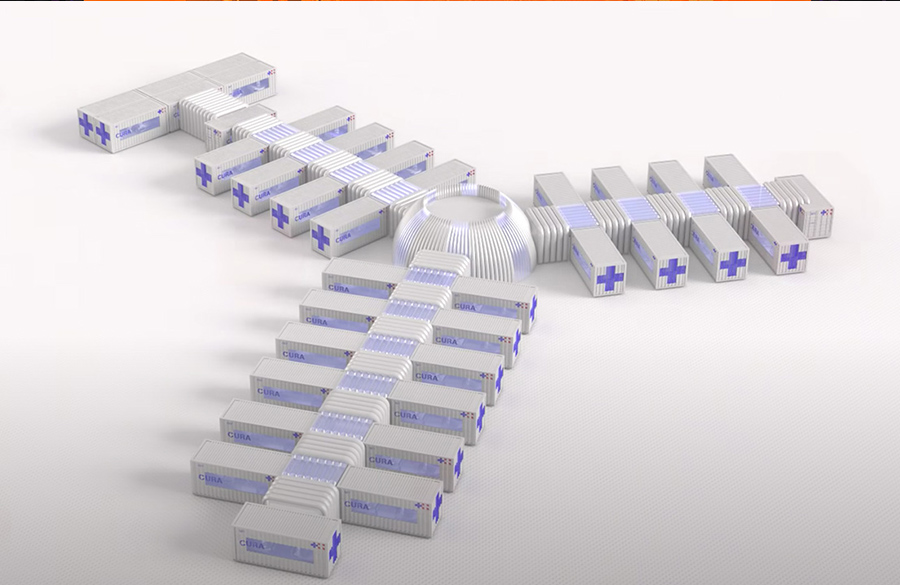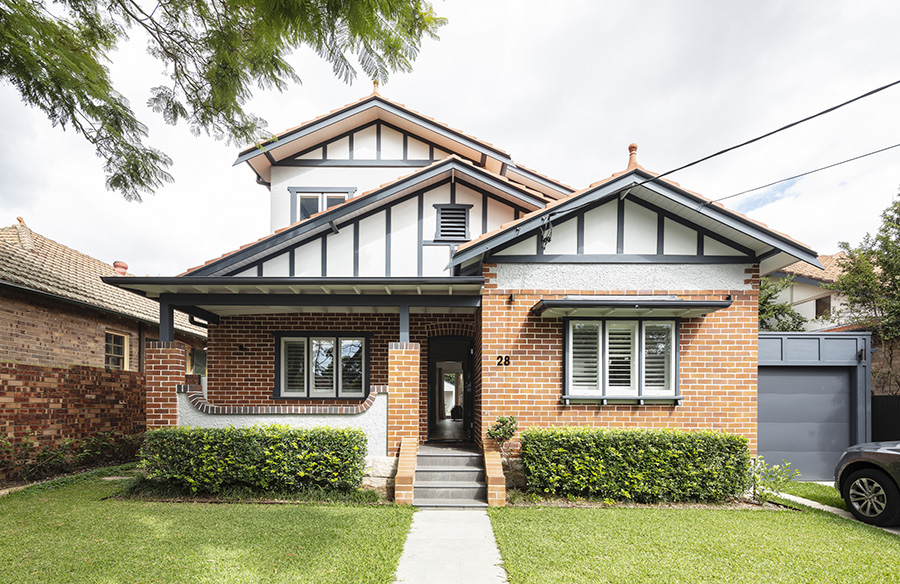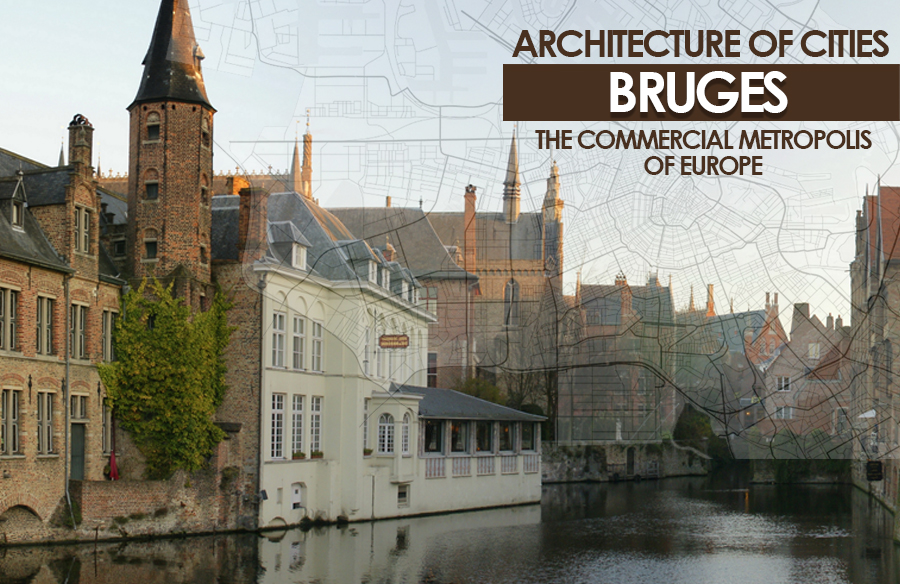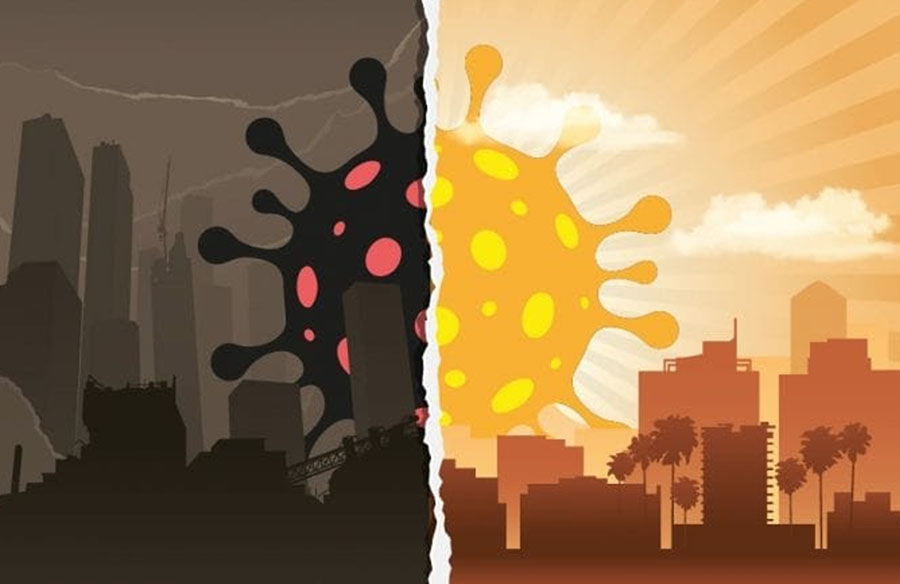It’s been almost a year since we’ve been in this COVID-19 pandemic. Suddenly it has changed us a lot from social interaction to the way of our living. Pandemic will have a lasting effect on the architecture for a long period. Where everybody was busy keeping themselves safe during this situation, we designers were carrying a piece of extra baggage of the design innovation to transform the architecture that suits the requirement of the entire community. While we can’t predict precisely what the future will be like, we can look at emerging strategies and ideas that can step forward in transforming urban architecture.
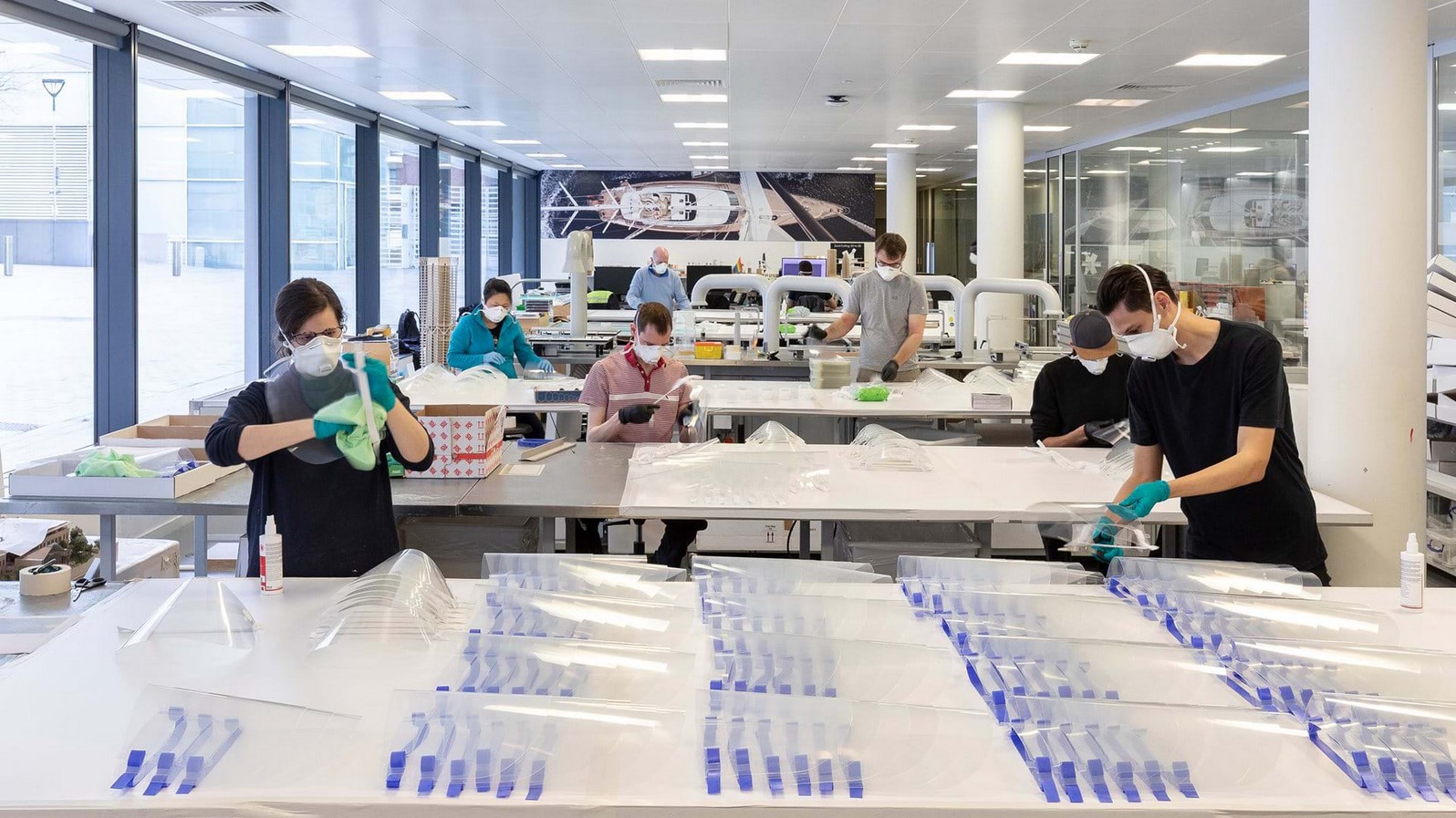
Firstly before changing the way of our living or shaping our houses, we should think about the broad perspective that how the diseases start, and how can we stop it towards the community spread. COVID 19 is not the first pandemic we are facing and maybe not the last one too. But as an attempt to make it last one, we should improve our urban environment with various design innovations to make it more hygienic. As the number of participants at one place increases, the graph of hygiene decreases, and that is what happens in the slum area. Therefore the slum people are more prone to these diseases like these.
Many well-known architects have expressed their views on this and concluded that, from now on, it is time to reshape urban architecture, retain social distances, and stay in contact with the people around us and for that, we have to get out of the apartment concept and come back to the individual houses. Now that we’re going to an individual villa, the architecture should revive the idea of a house extension that includes a patio, a verandah concept. These extensions allow us to keep our relationships with others at a distance.
The house should lean more towards semi-open spaces because as time is passing by, people are more getting towards peace rather than a luxury. And for now that people are stopping themselves to go outside, they are more turning towards making their living space multifunctional. Houses nowadays are playing a collective role in the office, restaurant, house, library, gym, and a lot more. As a result, people may continue to spend more in larger, better-looking, and energy-efficient homes in the future. The floating roof, which floats above the walls of the house, encourages natural light and air to flow into the whole building, underlining the idea of our architecture providing a safe refuge in a dense urban environment.
Somehow here and there, we can manage to make ourselves safe from the community by staying at home, but the issue starts when it comes to public places. Urban areas should be designed with design innovations to keep people outdoors while maintaining social distancing.
In this pandemic, our precautions as a designer are not over just with the planning, even the material used falls under the design innovation. Easy architecture encourages the re-establishment of a modern aesthetic of cleanliness. Materials such as toilets, anti-bacterial materials, smooth surfaces, and limited furniture are elegantly built yet easy to maintain.
Keeping all the precautions on count everything is going with no contact, then how can architecture step back in this. This no contact should be strongly followed in the circulation at public places just as hotels as to minimize the guest to guest interactions. Coming towards the events, we should plan outdoor spaces for large events instead of a conference hall or a banquet hall and after the pandemic, people feel more comfortable in open spaces than indoors. And as to get shade in these outdoor spaces, lightweight canopies can be a great option.
Covering up the various design innovations in architecture, we should not miss out on the seamless technologies that will reduce the fear of the risk of contagion for the user. Think about touchless locks, motion-enabled doors, self-cleaning toilets, sensor lights, voice control commands, etc.
Most importantly, what this pandemic has taught us as a designer is the importance of a flexible design where the building can easily be converted into a medical facility in such pandemics. Adaptive re-use, the practice of using existing systems to fulfill new purposes. Adaptive reuse is an effective and sustainable solution for the upcoming future. Some light should also be laid on the techniques of lightweight structure designs to help transform space into a medical facility in the emergency period. Lightweight architecture is suitable for emergency and crisis response.
This pandemic has influenced our cities by pushing design innovations and urban design to adapt and innovate. Post-COVID will be a new phase in our lives with a new lifestyle. And we really need to build an infrastructure that helps us to do a lot of things in a number of ways.


